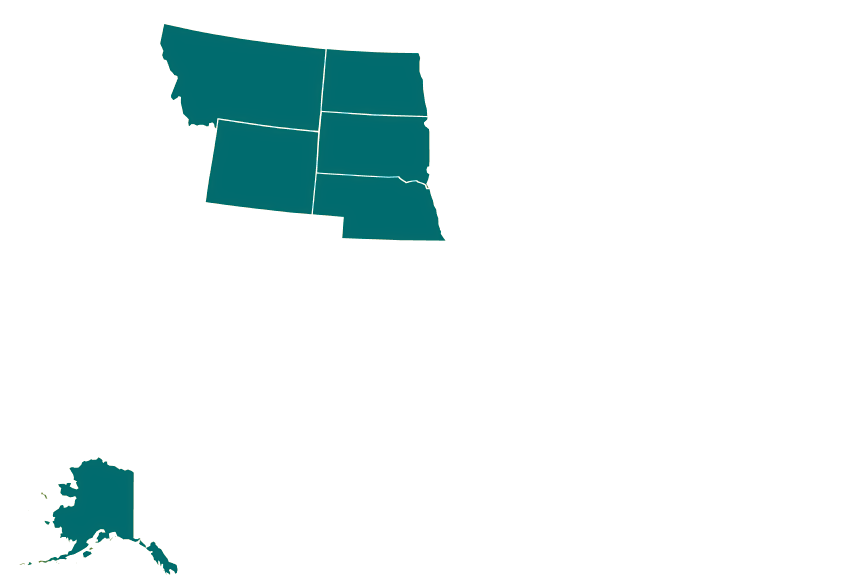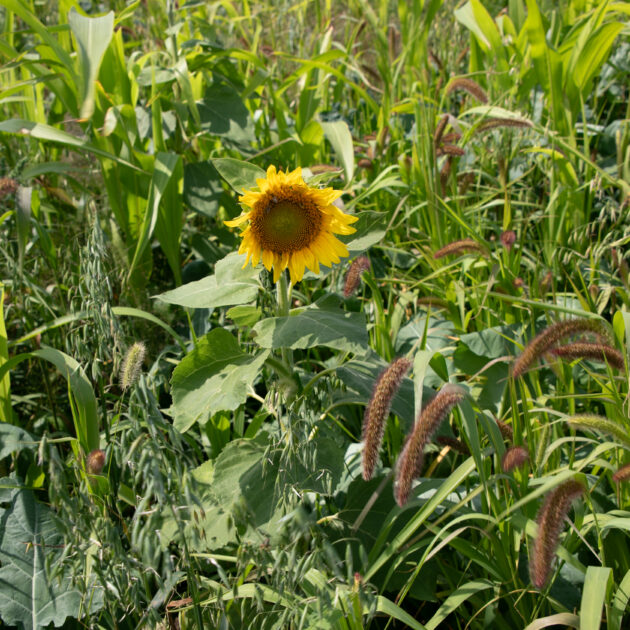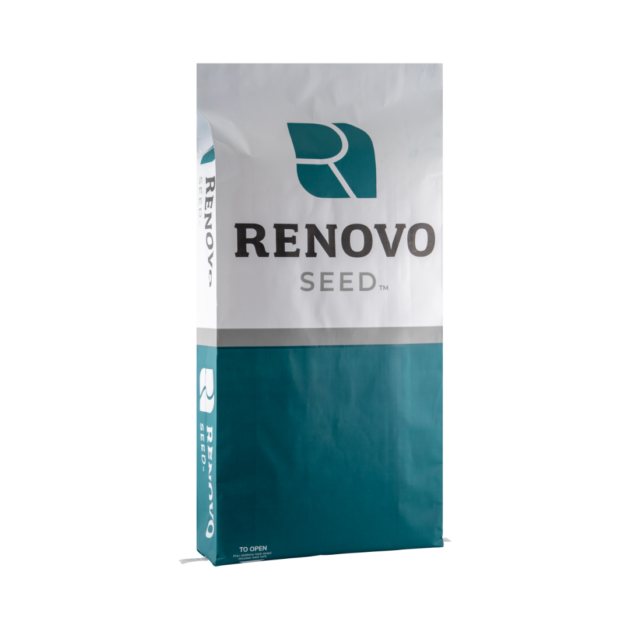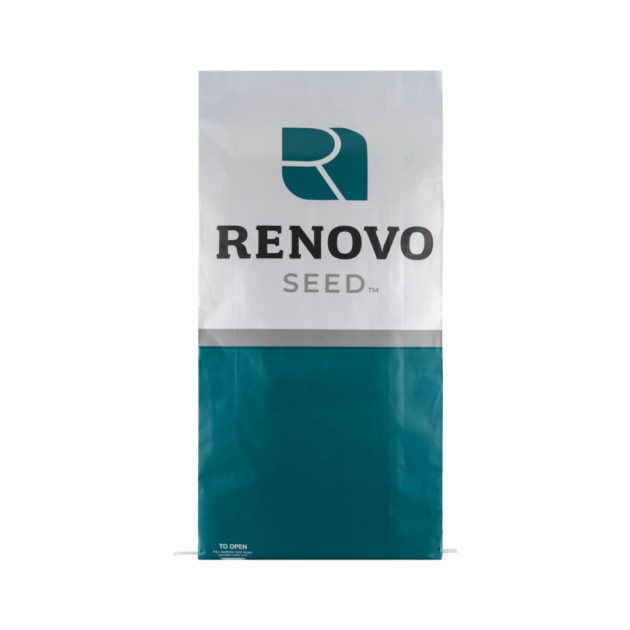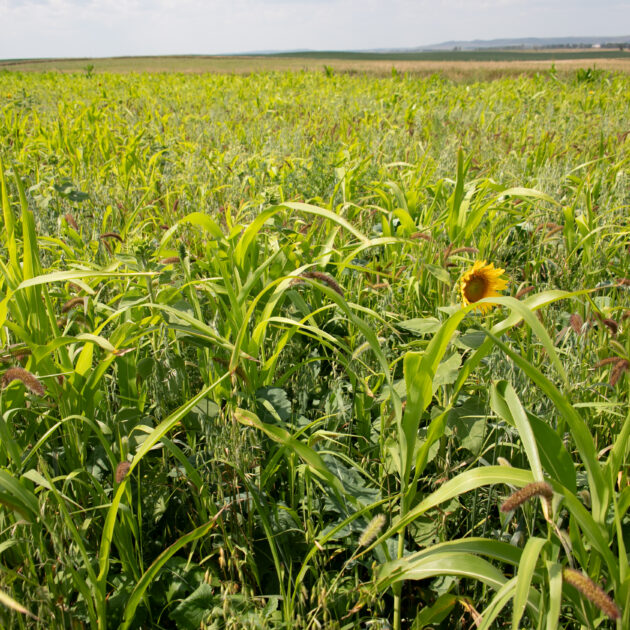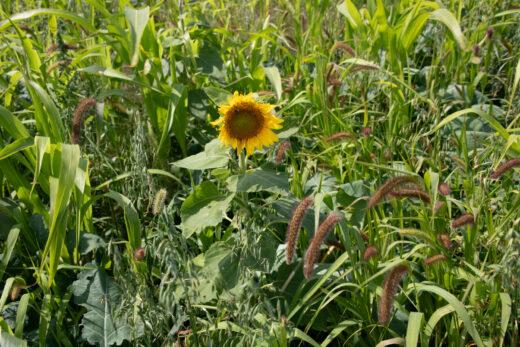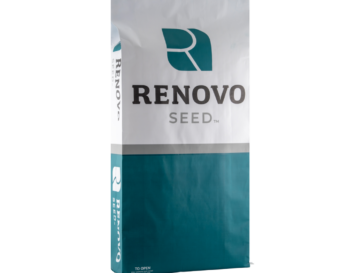Ranch Hand
$1.00 lb
Need some help? Contact us.
Description
A good Ranch Hand can do it all and that’s just what this mix will do. There’s been an increase in demand for season-long covers with more diversity. The Ranch Hand is a predominantly warm-season mix that is very well suited for grazing. This mix will perform well as a multipurpose blend in the tough conditions of western environments.
This mix meets the NRCS standard cover crop requirements for CSP and EQIP Programs in South Dakota and Minnesota.
Drilled Seeding Rate | 20 lbs/acre
Broadcast Seeding Rate | 25 lbs/acre
Mix Ratios
Mix Ratios
| Sorghum Sudangrass | 20% | |
|---|---|---|
| Peredovik Sunflowers | 15% | |
| Common Vetch | 10% | |
| Millet | 10% | |
| Rape Seed | 10% | |
| Turnips | 10% | |
| Oats | 10% | |
| Balansa Clover | 5% | |
| Flax | 5% | |
| Winfred Brassica | 5% |
Product Guide
Planting
- Planting Time: Late Spring – Summer
- Minimum soil temp of 60 degrees is required for the warm season species to germinate
- Drilled Seeding Rate: 20 lbs/acre
- Broadcast Seeding Rate: 25 lbs/acre
- Ideal Seed Depth: ½”
Fertility + Weed Control
- If grazing is intended and soil fertility levels are low, consider applying 25-50 lbs/acre of nitrogen at planting to increase total biomass production.
- Plant into a clean, weed-free seedbed.
- If weeds are present at planting, consider applying glyphosate before or after planting if drilled, but before crop emergence to control existing weeds. Do not apply glyphosate after planting if crop is broadcasted and not incorporated.
Management
- Ranch Hand can be grazed as soon as there is adequate growth to support livestock. It is best to wait until the sorghum sudangrass is at least 18″–20″ tall.
- Regrowth potential on the blend is very good, so multiple grazing passes is an option under good growing conditions.
- Avoid grazing for 5—7 days following a killing frost. The entire mix is then safe to graze for the remainder of the fall and winter.
- All species in the blend will winterkill, so termination is not necessary.
- Some residue will be gained from this blend, but not too much to prevent effective no-tilling.
- Follow normal tillage plan for the following crops.
Multiple Regions
Every acre is different and our goal is to help you know what works best in your area. This 'Growing Regions' section showcases where this species works best. If you have any questions on product placement, feel free to contact our experts and we will help!

